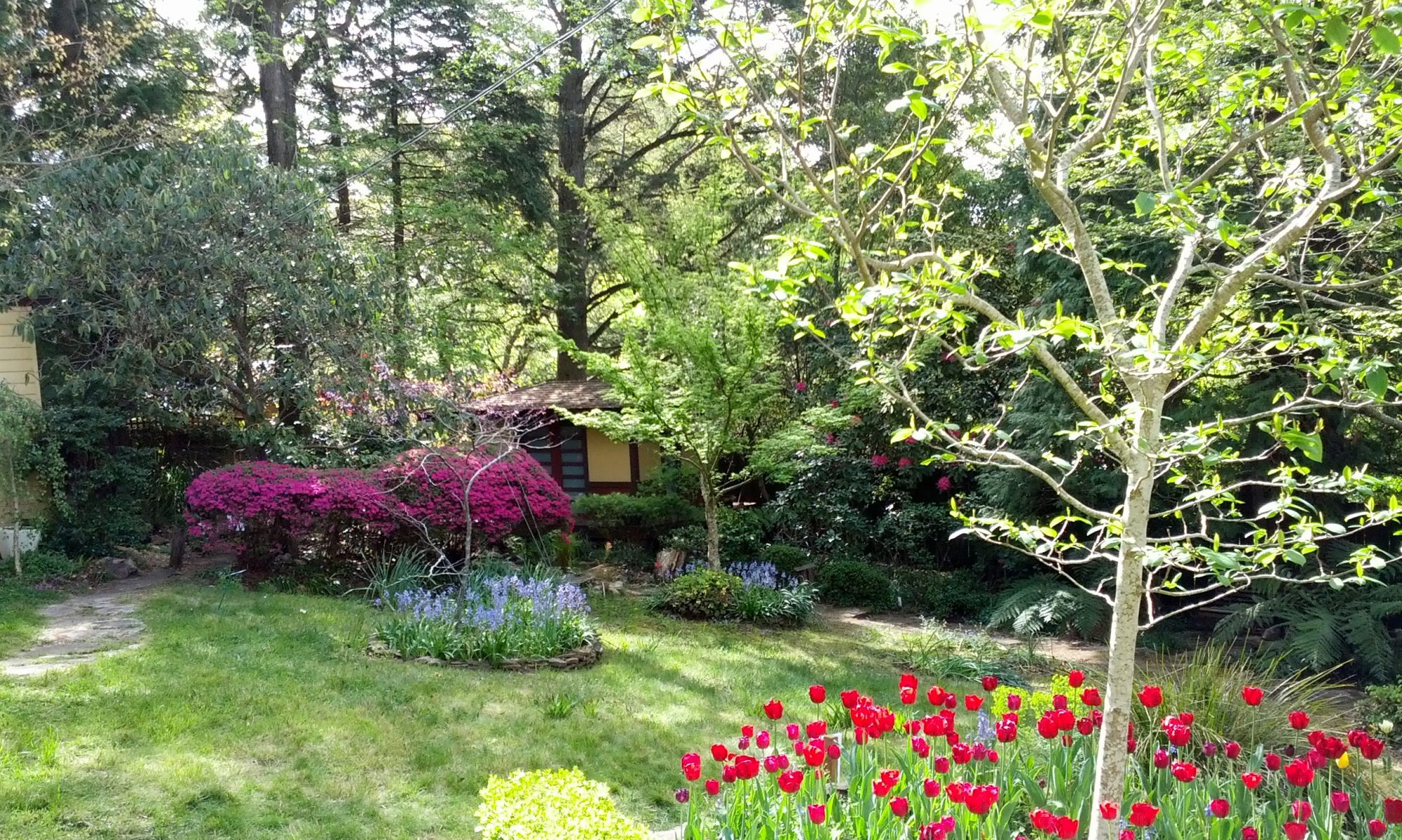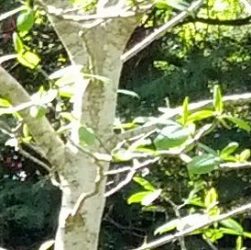 This novel has two timeframes/heroines. Frieda in present day London is a social researcher specialising in Islamic countries but this work leaves her feeling ambivalent. Unexpectedly, she is named as next of kin to an elderly women who has died, a woman she has never heard of. Meanwhile a hundred years or so earlier, Eva and her sister Lizzie embark, along with the domineering missionary, Millicent, on a trip to convert Muslims in Kashgar near Tajikistan (Eva is commissioned to write a book about her experiences, hence the ‘Lady’s Guide’).
This novel has two timeframes/heroines. Frieda in present day London is a social researcher specialising in Islamic countries but this work leaves her feeling ambivalent. Unexpectedly, she is named as next of kin to an elderly women who has died, a woman she has never heard of. Meanwhile a hundred years or so earlier, Eva and her sister Lizzie embark, along with the domineering missionary, Millicent, on a trip to convert Muslims in Kashgar near Tajikistan (Eva is commissioned to write a book about her experiences, hence the ‘Lady’s Guide’).
The part of the novel set in Kashgar is the strongest with wonderful descriptions of the physical and cultural environment. After she unsuccessfully tries to save the life of a young girl giving birth to a child at the side of the road Millicent is accused of the girl’s murder . While the authorities slowly get around to charging her they are all placed under house arrest. Eva volunteers to look after the baby of the dead girl and her growing love for the child provides something to cling on to when all else startes to fall apart. The progressively tense and strange relationship between Millicent and the two sisters is made even more precarious because of riots and an unstable political situation. Eva’s subsequent desperate attempt to escape is thrillingly described.
By contrast Frieda’s relationship with illegal immigrant Tayeb, her piecing together of clues from the dead woman’s belongings and her confrontation with her emotionally distant hippie mother, is not as enthralling, although Joinson’s writing is always interesting. While there is a narrative device link between the two timeframes, I was at a loss to work out the point. I suppose the relationship between Frieda and Tayeb represents a positive reconciliation between the cultures compared to the gross cultural ignorance of the missionary approach of colonial times. This hopeful note acts as antidote to the more ambiguous resolution of the historical strand.
<a href=”http://www.goodreads.com/review/list/16022645-helenbookwoods”>View all my reviews</a>

